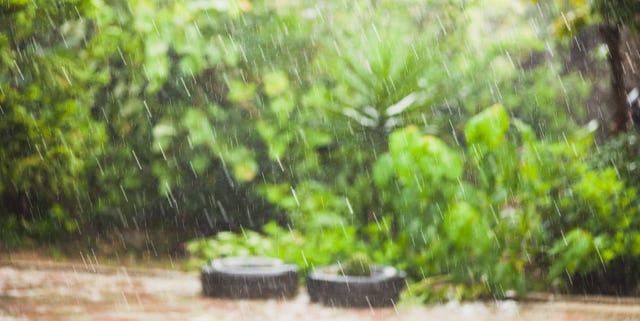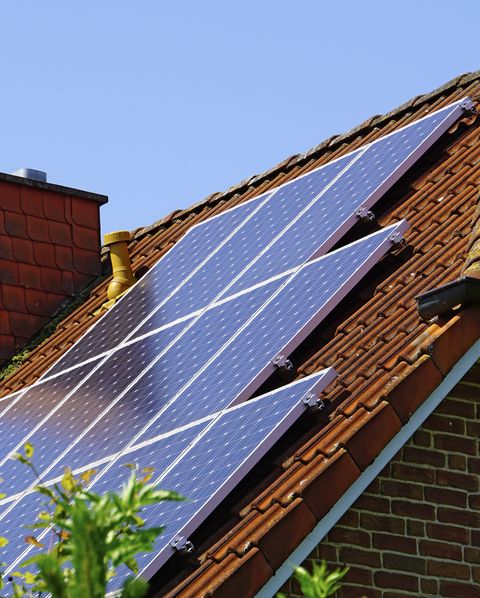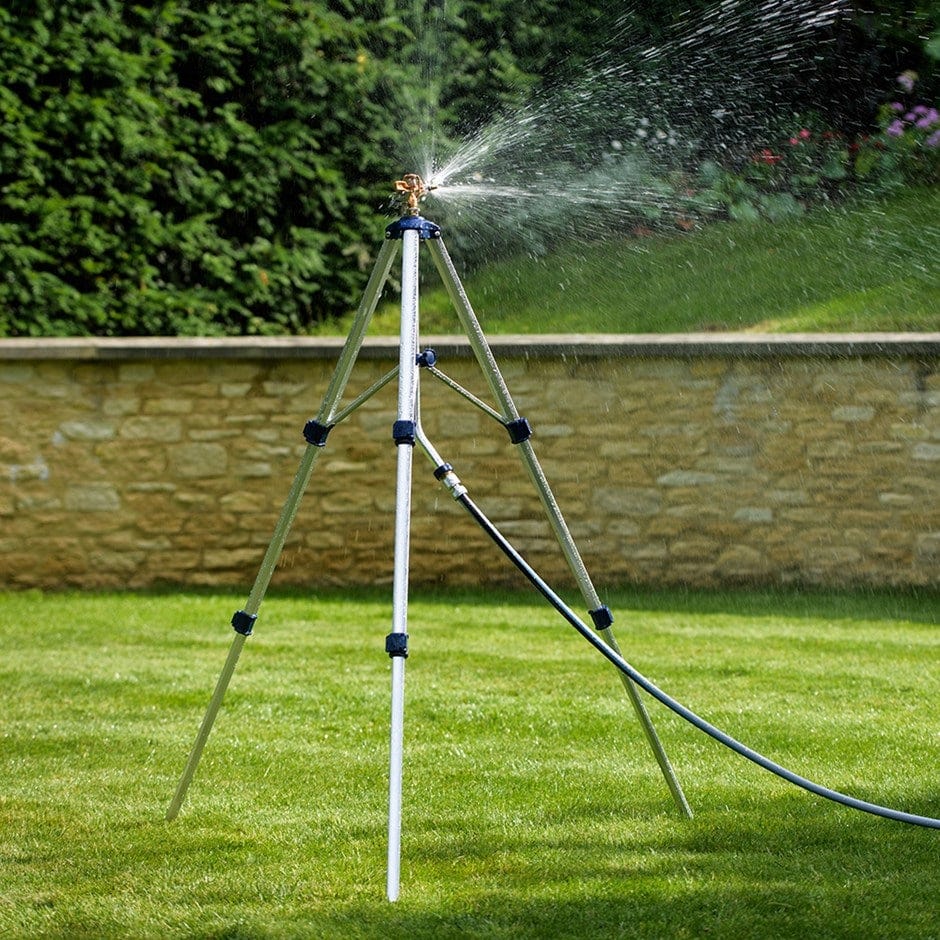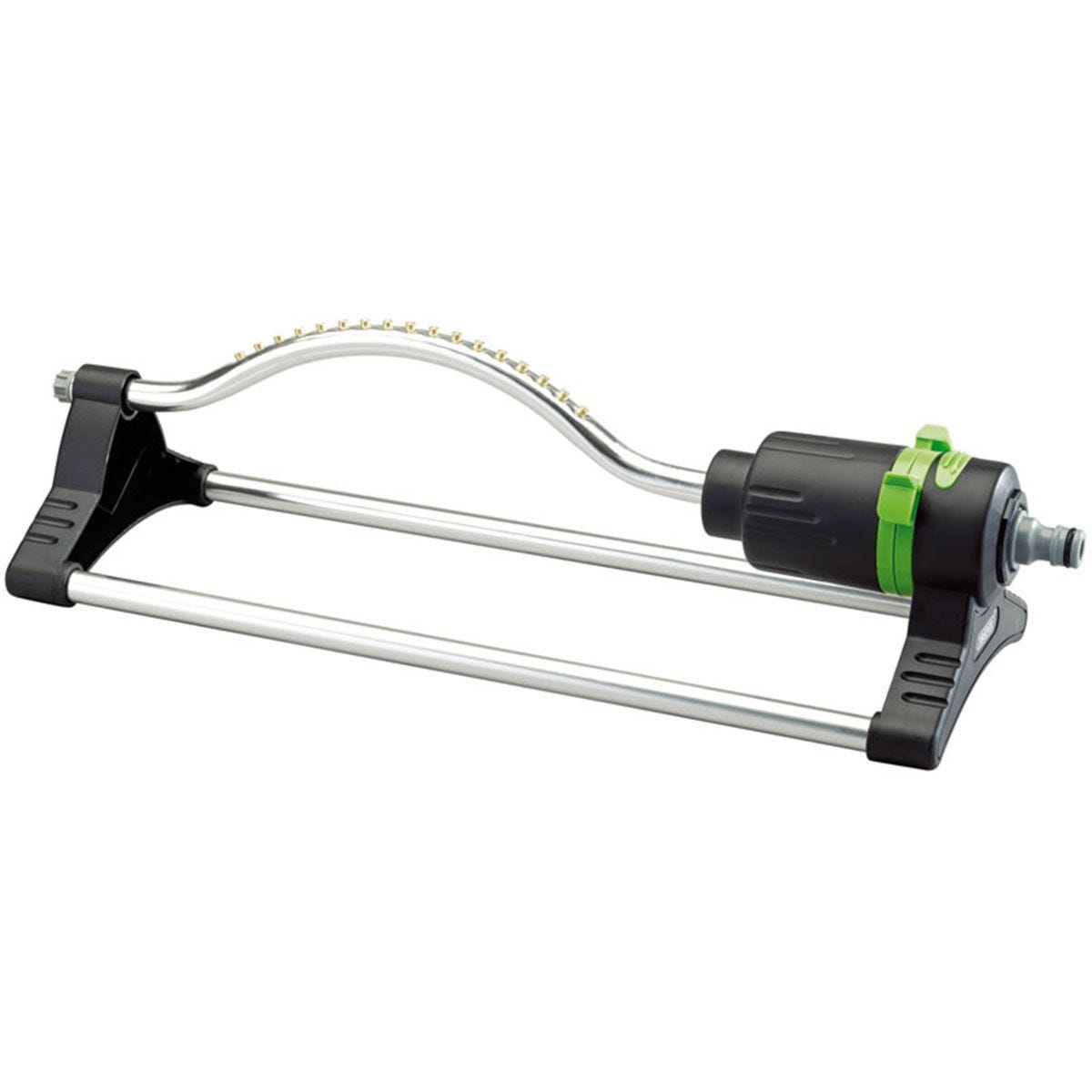How to Protect Your Home & Garden Against Storm Eunice

Tahreer PhotographyGetty Images
The UK faced strong winds and heavy rain as Storm Dudley arrived on Wednesday evening (16th February), causing power cuts and travel disruption right around the country. While the chaos and clear-up after a storm can cause nightmares for homeowners, there are still lots of ways you can prevent damage.
Wondering how to protect your home? With Storm Eunice right around the corner, take a look at what you can do below…
1. Check your roof
Strong winds and thunderstorms can rip the tiles straight off your roof, so make sure you check for any loose or cracked roof tiling, as well as the bricks around your chimney if you have one. If you see any signs of damage or deterioration, make a note of it and call a roofing contractor for help.
“As well as this, make sure to remove any dead leaves and debris from your roof guttering so that they can drain correctly. If not properly maintained, this can cause an overflow of water and result in further damage, especially with potential flooding from storms,” say the team at Hillarys.
2. Have a garden clear-out
Many gardens have taken a battering with Storm Dudley ripping through the UK. After the rainfall, inspect your outdoor space for any issues such as loose or dead branches, broken fences, or fallen trees. If you have a garden shed, check the sides for any damages or leakages.
“You should also ensure all fixtures such as fences and shed are in a sturdy condition and securely fastened down in order to withstand the hurling winds,” Hillarys add. “It’s even worth your while examining the condition of trees and branches that are close to your home and if necessary – consider removing them, although we’d advise to contact a tree surgeon first.”
3. Move valuables upstairs
Keep your personal belongings safe by moving valuables upstairs, especially if you live in a flood-prone area. Place items such as photos, memorabilia and family heirlooms in a box away from doors where water may seep in.
As well as this, the team advise: “Ensure that your water and electricity supply has been switched off at its source, and that you have all the correct contact information for your landlord (if you rent) or your insurer (if you own) and educate yourself on the recommended steps of action to take before undertaking any clean-up processes.”
4. Defend other areas of the home
The strong wind from the storm can cause excessive damage, so the experts recommend securing any plants that could be swept away, placing garden ornaments (like concrete bird baths) inside, and wrapping the wooden legs of tables and chairs in plastic bags to prevent water soaking in and causing rot. Taking these preventative measures can help to save you time, money and disappointment from potential damage.
5. Document the damage
If your home didn’t weather a storm as well as you hoped it would, it could be worth thinking about contacting your insurance company to see how they can help.
“At such a difficult time, it is understandable that taking multiple photographs of the water damage within the family home might be the last thing on your mind,” the team at Hillarys say. “However, it is imperative to document the effects on your property in order to ensure that your insurance company knows the full extent of the devastation and recoup any financial losses.”
6. Consider long-term planning
“If you have a home that you have no intention of leaving soon, and is therefore liable to flood again, it’s certainly worth looking into how best to protect your home from the potential effects of climate change in the future.”
This content is created and maintained by a third party, and imported onto this page to help users provide their email addresses. You may be able to find more information about this and similar content at piano.io











